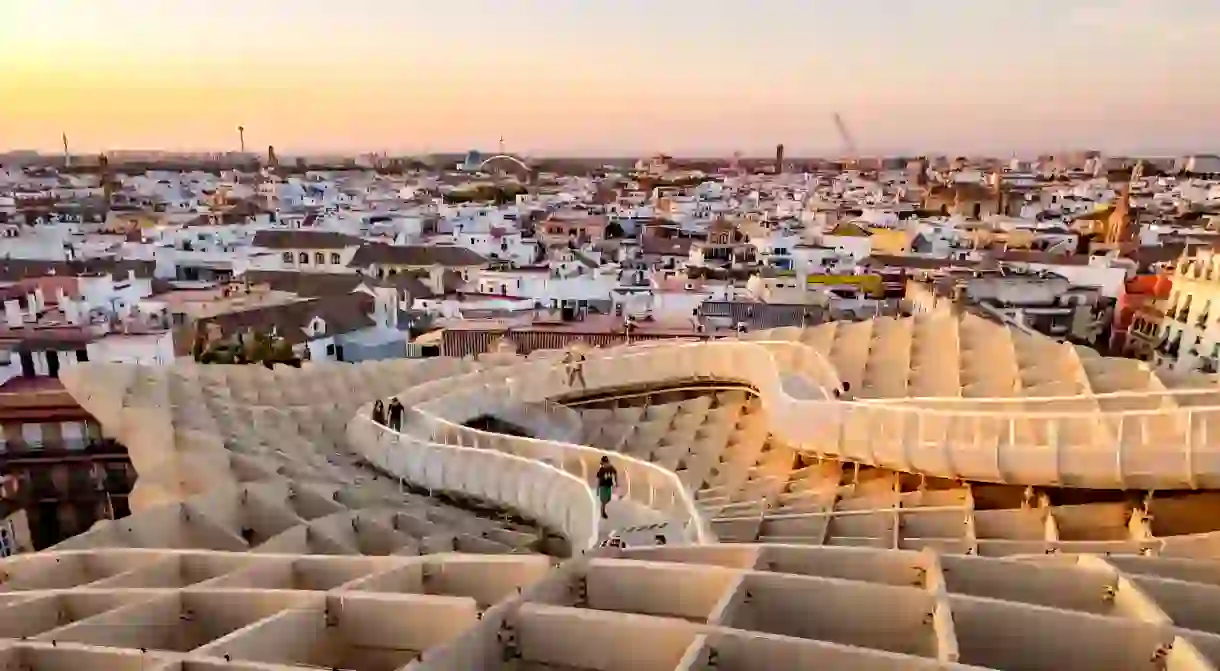10 Unusual and Fun Things to Do in Seville

With a palace and a plaza for every day of the week, Seville oozes elegance. In a city as classy as this one, there’s no shame in sticking to the big attractions. However, if you want to add some spice to your visit, plenty is going on behind its pretty face. The Andalusian capital is famously historical yet decidedly modern – and the mix makes for a city that’s full of adventure. From kayaking and snail-eating to watching oddball art troupes at work, here are Culture Trip’s picks for the most unusual things to do in Seville.
Watch flamenco with the people of Seville
Bar, Tapas

Watching flamenco in Seville won’t win you any prizes for originality. However, finding the real deal is harder than you might think. The city is awash with tourist-trap extravaganzas – huge red dresses and perfected routines – but flamenco auténtico happens in the corners of shady bars, where maestros turn up in jeans and improvise their magic. Tapas bar La Madriguera de Mai looks like a student haunt, but every Friday and Saturday night, its tiny stage hosts flamenco that’ll make you weep.
Kayak down the river
Bridge
Learn about Seville’s herstory on a walking tour
Architectural Landmark
A female take on the city of kings, this alternative walking tour revisits the “queens, nuns, prostitutes and witches” whose legacies have been forgotten. Hear about the “cigar girls” as you pass the Royal Tobacco Factory, and the behind-the-scenes women who made Parque de María Luisa the landmark it is today. Tours run from Monday to Sunday at 10am (and occasionally 4pm), meeting at Costurero de la Reina. Book online.
Eat some cheeks
Market
Stand on top of a giant mushroom
Building, Cathedral

Sneak a peek into the Pelicano5 art collective
Architectural Landmark
Leave the 17th century in the Museo de Bellas Artes, and hunt down some madcap art in the making. Behind the centre’s cobbled streets are a host of courtyards where artists have worked for centuries, and they are still very much alive. In one of these corralónes lurks the Pelicano5 art collective, which counts sculptors, carpenters and a self-professed “mad inventor” in its midst. Sneak a peek through a window, and you might just catch contemporary art in action.
Explore Triana
Market

Go to a bullfight
Explore Santa Cruz
Museum

Take part in a botellón by the river
Bridge













